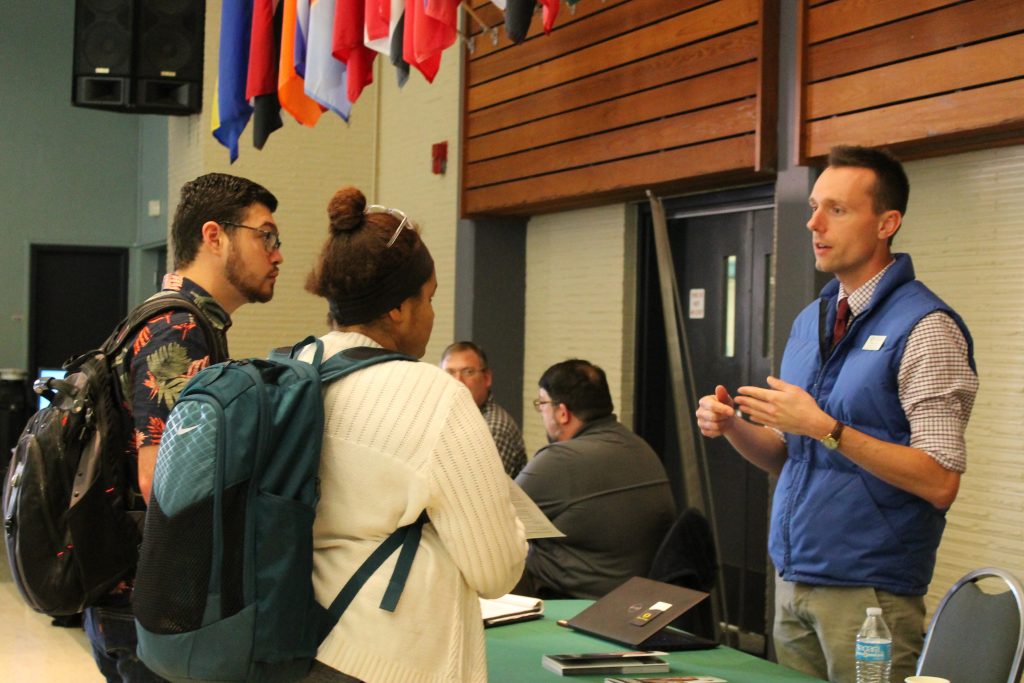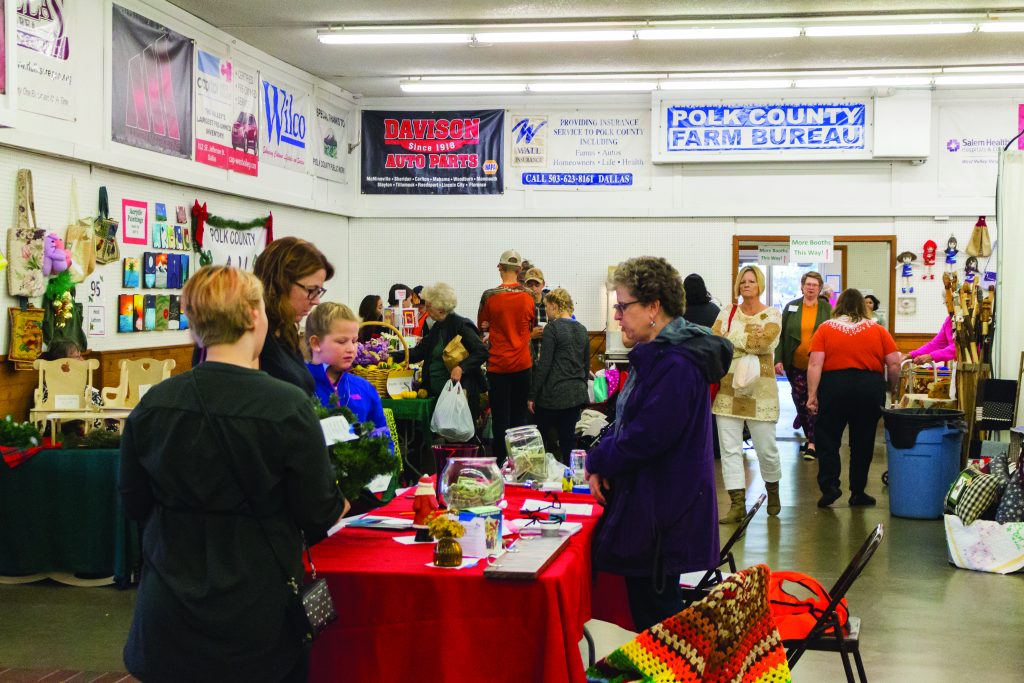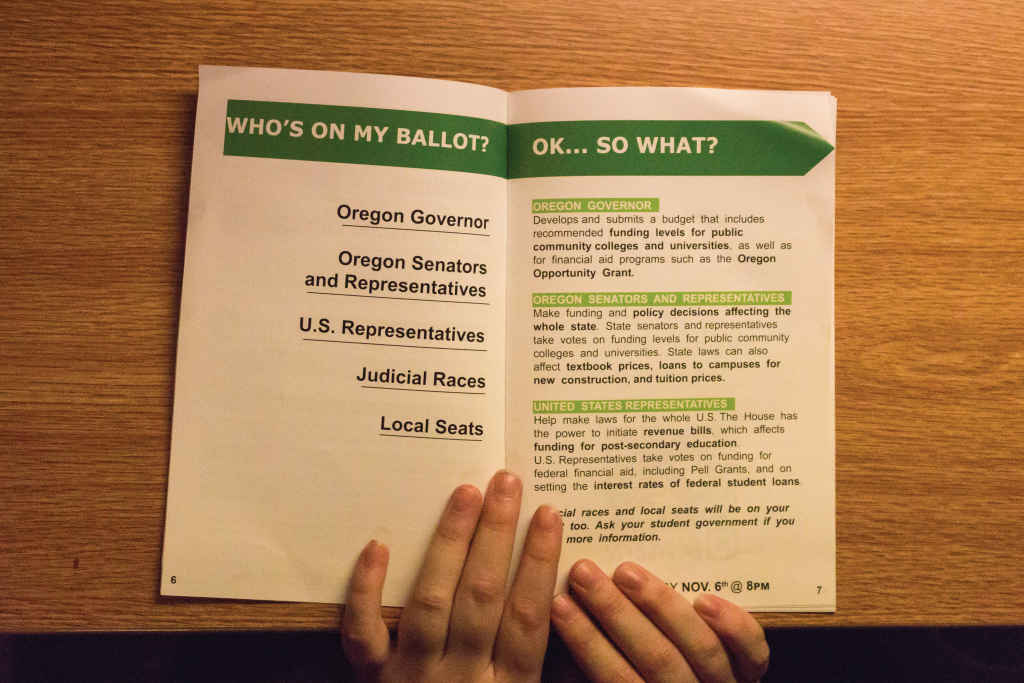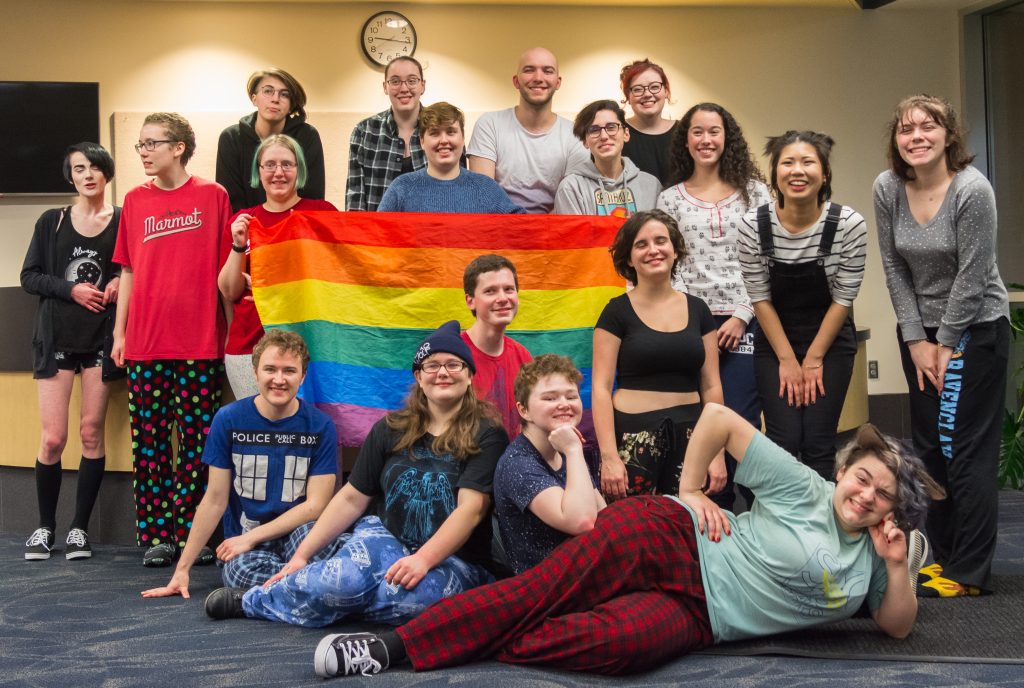Bailey Thompson | News Editor
National Offices
U.S. Representative District 5: Kurt Schrader (54.98% to 41.89%)
Democrat Kurt Schrader has been serving as a legislator since 1996. After working in both the Oregon House of Representatives and Senate, Schrader has been elected to the U.S. House of Representatives in six consecutive cycles. Congressman Schrader uses his experiences to serve of the Committee on Energy and Commerce.
State Offices
Governor: Kate Brown (49.99% to 43.75%)
Governor Kate Brown was elected to serve her first full term as Oregon’s Governor after first assuming the position in 2015. In running for reelection, some of Brown’s major focuses included increasing Oregon’s high school graduation rate, ensuring healthcare access for Oregonians and protecting the environment for future generations.
State Representative District 20: Paul Evans (53.35% to 46.38%)
A candidate who graduated from Western, Democrat Paul Evans has been serving House District 20 since 2015. During his time working both as senator and as an instructor at Chemeketa Community College, Evans has pushed to pass legislation supporting higher education and veterans services.
State Senator District 10: Jackie Winters (53.98% to 45.81%)
Minority leader in the Oregon Senate, Republican Jackie Winters has been serving as District 10’s senator since 2003. In the 2017 legislative session, Winters served on the Transportation and Economic Development Committee and as Vice Chair on the Ways and Means Committee.
Local Offices
Monmouth Mayor: Cecelia Koontz (61.13% to 37.99%)
Cecelia “Cec” Koontz serves as Vice Chair on Western’s Board of Trustees and as business manager for the Central School District. After years of dedication to the town, Koontz has been elected as Monmouth’s first female mayor. Koontz priorities are to increase citizen engagement, economic opportunity and collaborative partnerships.
Monmouth City Councilors:
Roxanne Beltz (1736 votes)
Roxanne Beltz was re-elected as a Monmouth City Councilor after having been appointed in March 2018. Beltz has worked in the fields of transportation and marketing and her primary goal in running for city council was to ensure community livability for Monmouth residents.
Jon Carey (1321 votes)
Jon Carey has served on the Monmouth City Council since 2008, he was Western’s Athletic Director from 1993 to 2010 and he has worked on the Minet Board of Directors for the last four years. Carey’s goal is to develop a comprehensive growth strategy for the community.
Stephen Howard (1317 votes)
As a member of Monmouth’s planning commission since 2011, Stephen Howard is a self-employed software developer who creates software for businesses and non-profits and is passionate about shaping a city that will prepare for Monmouth’s future needs.
Ballot Measures
Measure 102: Yes (56.77% to 43.23%)
Approving this measure amended the state constitution by allowing local governments to use bond revenue to support the construction of affordable housing without needing to retain full ownership of the projects. Advocates for Measure 102 claim that its passing will allow affordable housing to be built faster.
Measure 103: No (57.34% to 42.66%)
If Measure 103 would have passed, it would have preemptively barred taxes on the sale or distribution of groceries. Although its failing doesn’t mean that there will be any taxes on groceries at this time, it is possible that such taxes will be proposed in the future.
Measure 104: No (65.22% to 34.78%)
Measure 104 sought to make it more challenging for revenue to be raised in Oregon through means including taxes and changes in tax exemptions by requiring three-fifths, or a supermajority, of the vote. This measure was ultimately defeated because enough voters felt it gave legislators in the minority party too much power regarding the ability to raise revenue.
Measure 105: No (63.39% to 36.61%)
The “no” votes on Measure 105 led to the upholding of Oregon’s sanctuary state law, which has been in place since 1987. This law prohibits local officers from apprehending individuals whose only violation is being in the country illegally. This law is supported by many because they believe it reduces racial profiling.
Measure 106: No (64.44% to 35.56%)
The defeating of Measure 106 upheld Oregon’s public funding for abortion. This measure would have impacted government employees as well as those on Medicaid. In this way, many of those opposed to 106 argued that its primary effect would have been to deny access to low-income women.
Contact the author at howlnews@wou.edu









